Load management has been a major buzzword in the NBA over the last couple of years. It has generated not only countless memes, but also intense discussions that can probably rival the endless Michael Jordan vs. LeBron James debates.
Critics argue that resting players to manage their workload is virtually a breach of their high-paying contracts and a disservice to the fans, who are robbed of watching their favourite stars compete.
Supporters, on the other hand, say that it’s players simply taking care of their health, positioning themselves to have longer NBA careers, and keeping their bodies fresh for the all-important playoffs. It’s also said that it’s the trainers and/or team doctors who decide if a player will sit or not.
Whichever side you are on, the NBA has recently taken a step to address these concerns, introducing a groundbreaking new law aimed at preventing teams from resting star players simultaneously.
Here are the new guidelines, as per ESPN’s report:
The NBA’s new anti-load management law comes with a set of stringent provisions designed to ensure that teams maintain competitive integrity and maximize star player availability.
- Single-Star Availability: Teams are now required to manage their roster so that no more than one star player is unavailable for the same game. This means that fans will have at least one marquee name to cheer for in every match, reducing disappointment among ticket holders.
- National Televised and In-Season Tournament Games: Star players must be available for nationally televised games and in-season tournaments. This ensures that the league’s showcase events have star power, attracting more viewers and sponsors.
- Balanced Absences: Teams must maintain a balance between the number of one-game absences for star players in home and road games, with a preference for these absences to occur in home games. This provision acknowledges the importance of keeping home fans happy while also recognizing the demanding nature of life on the road.
- Avoiding Long-Term Shutdowns: The NBA wants to prevent situations where star players either stop participating in games altogether or play significantly reduced roles. Such scenarios can harm the integrity of the competition and alienate fans.
- Visibility: Healthy players who are resting for a game must be present and visible to fans. This emphasizes the importance of transparency and maintaining a connection with the audience.
Much like most laws, though, there are some exceptions, as reported by Bobby Marks:
“The NBA will allow pre-approved designated back-to-back allowances for players who are 35 years old on opening night or have career workloads of 34,000 regular-season minutes or 1,000 regular-season and playoff games combined, sources said.
If a team feels that a star player is unable to play in back-to-back games, it must provide to the NBA written information at least one week prior explaining why the player’s participation should be limited.
The star players who fall under this category include Chris Paul, Mike Conley, Stephen Curry, Kevin Durant, LeBron James, Kevin Durant, DeMar DeRozan and James Harden.”
According to Marks, the league stretched the exceptions with certain circumstances, namely bona fide injuries, personal reasons, rare and unusual circumstances, roster management of unavailable star players, and and-of-season flexibility.
Will it work?
The big question on everyone’s minds is whether these new guidelines will be effective in curbing load management and addressing the concerns of disgruntled fans. The answer isn’t clear-cut.
The policy certainly has the potential to reduce the frustration fans feel when star players sit out, especially in key games. Ensuring at least one star player is available should make each contest more exciting, as fans can still witness top-tier talent in action.
However, the success of this policy will largely depend on how it’s enforced and whether teams will find creative ways to circumvent it. The NBA will need to be vigilant in monitoring compliance and handing out penalties for violations.
While this policy aims to benefit fans and the overall league, it may hit some teams harder than others – it should be interesting though because who wouldn’t want to watch the best consistently play? In any case, the LA Clippers, known for frequently resting their star duo of Kawhi Leonard and Paul George, will have to adjust their strategy. The Los Angeles Lakers, with injury-prone Anthony Davis and soon-to-be 39-year-old LeBron James, also face challenges in complying with the new rules.
The NBA’s new anti-load management law is a significant step in addressing the concerns of fans who feel short-changed when star players are benched. Whether it succeeds or not remains to be seen, but it’s clear that the league is making an effort to strike a balance between player health and fan satisfaction, and that’s a very good thing.

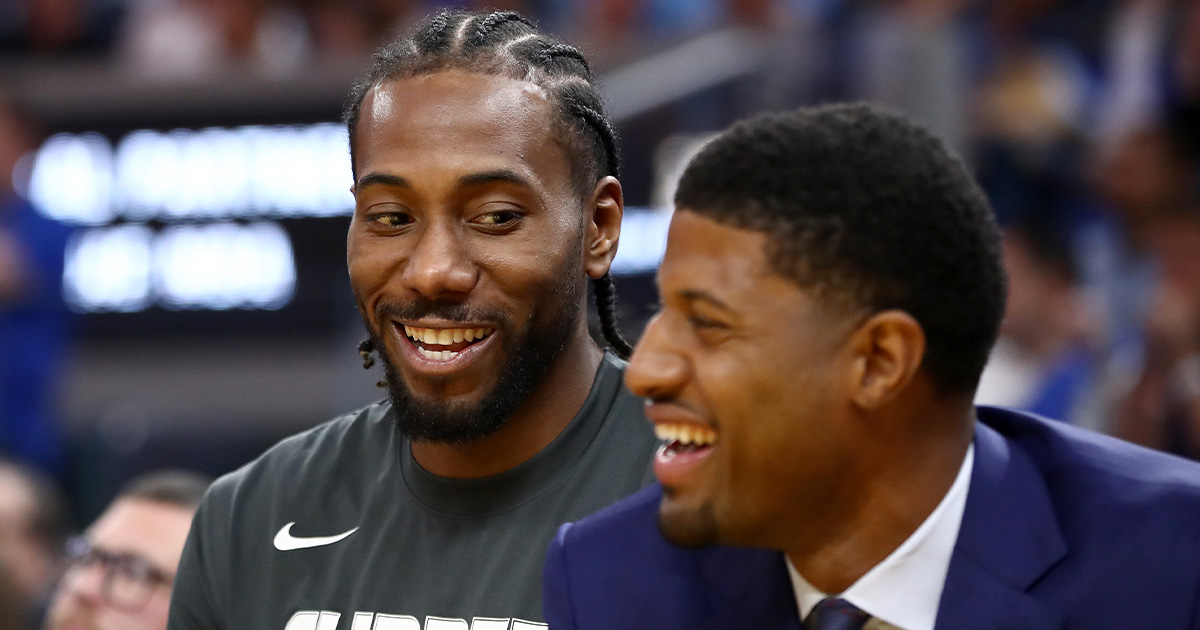
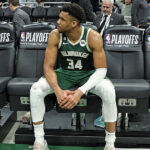







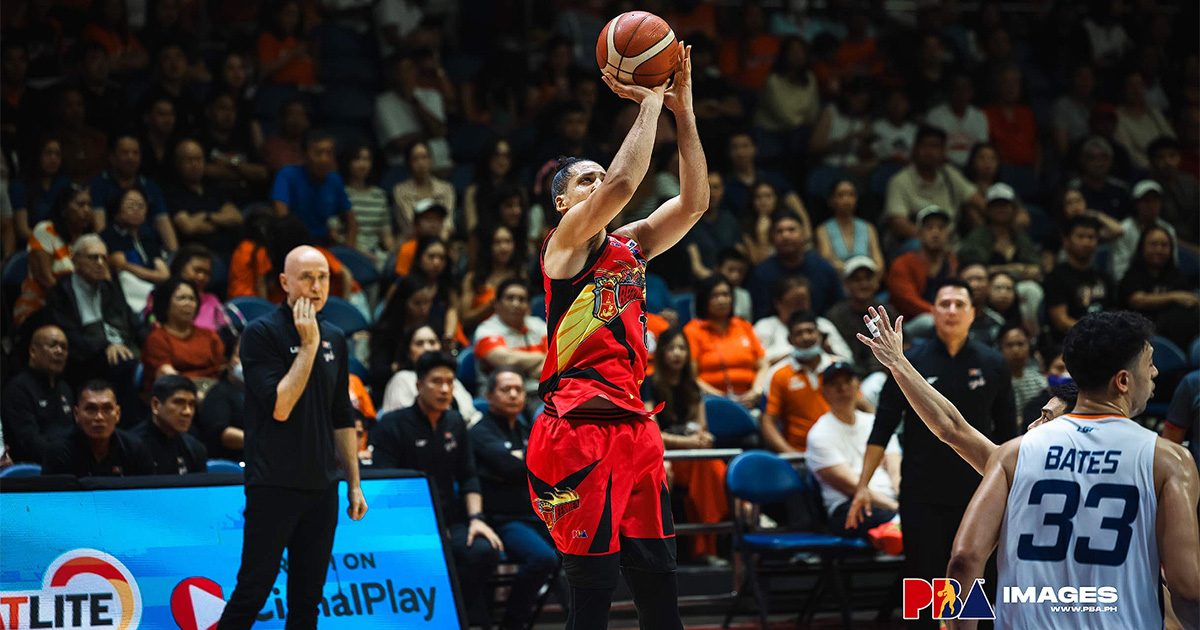


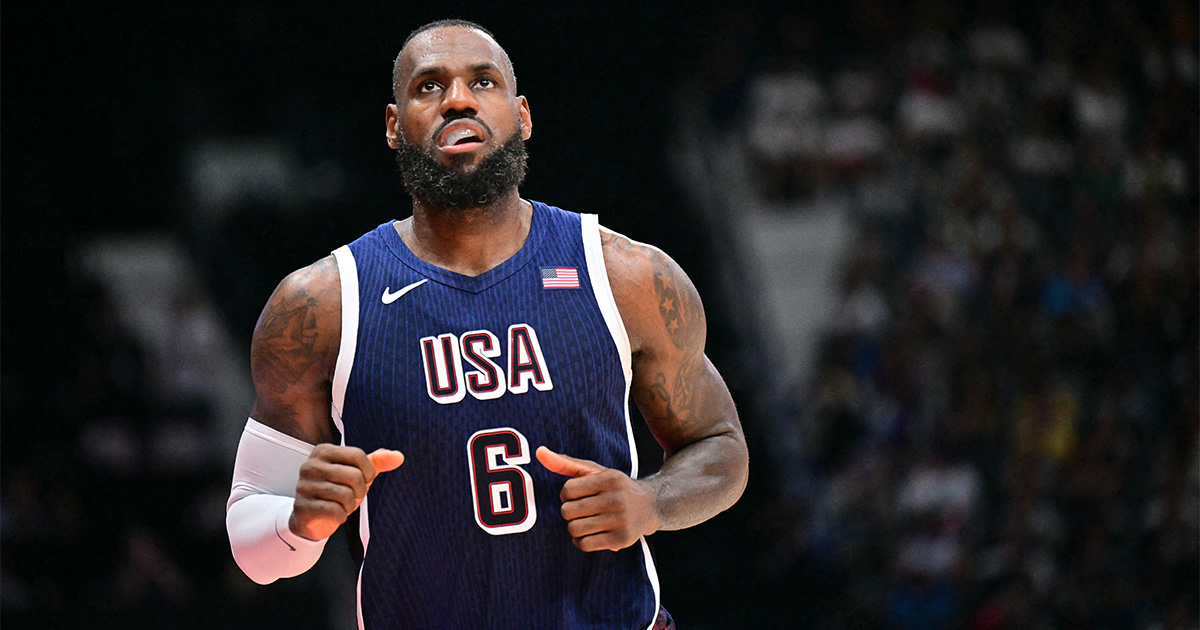

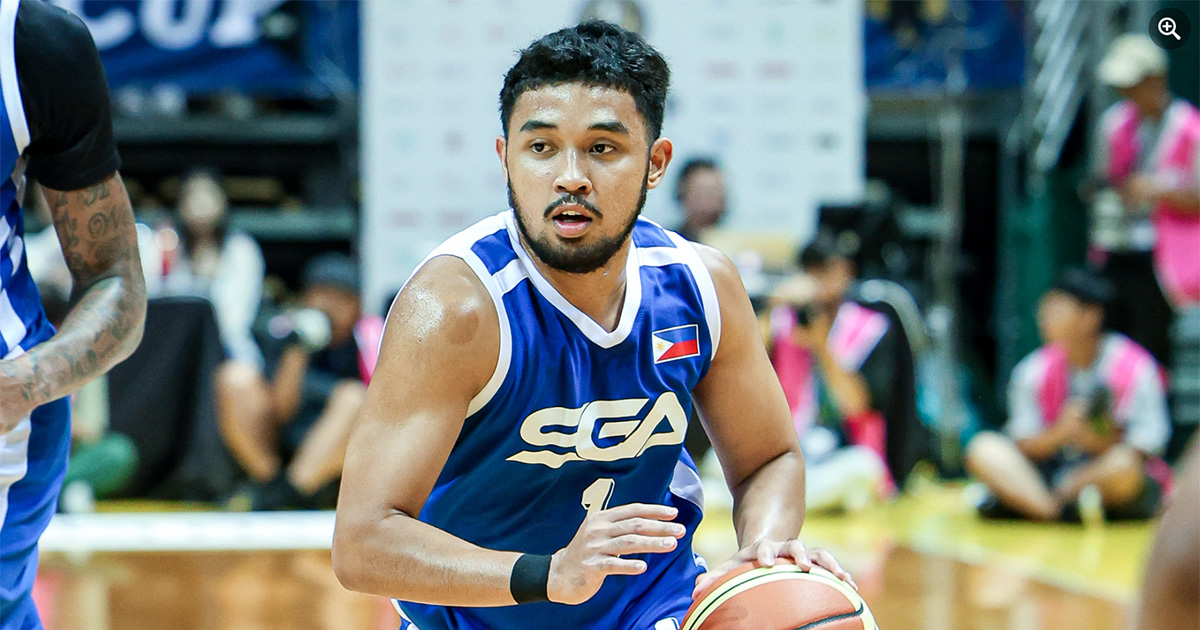
MELİKE
bandırma kombi Servis